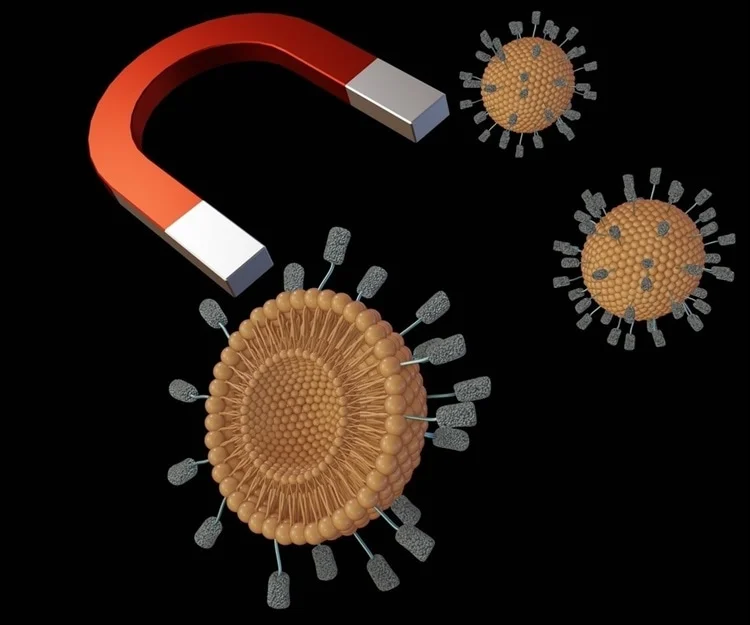Biophotonics revolutionizes biology and medicine via light interactions with biological matter, enabling diverse diagnostics and therapies.
Fifty or so years ago French physicist Pierre Aigrain coined the term photonics as a research field whose goal was to use light to perform functions that traditionally fell within the typical domain of electronics, such as telecommunications, and information processing.
Or maybe it was John Campbell who, in a letter sent to Gotthard Gunther in 1954, wrote, “Incidentally, I’ve decided to invent a new science — photonics. It bears the same relationship to Optics that electronics does to electrical engineering. Photonics, like electronics, will deal with the individual units; optics and EE deal with the group phenomena! And note that you can do things with electronics that are impossible in electrical engineering!”
Naming rights aside, the field of photonics began in earnest between 1958 and 1960 with the invention of the maser and the laser. The laser diode followed during the 1970s, optical fibers and the erbium-doped fiber amplifier after that, and, pretty soon, the telecommunications revolution was taking place and the infrastructure for the internet was forming.
Though the word biophotonics can be traced to Alexander Gurwitsch’s 1923 discovery that living organisms emit an ultra-weak light, the term itself has only been around since the mid-1980s. Since then, biophotonics – a light-based method that gathers information about biological processes at the molecular, cellular, and organismal levels – has been used in many applications including medicine, biology, physics, and engineering.
The Advantages Of Biophotonics
Today, biophotonics is used to describe any technique dealing with the interaction between biological items and photons. This refers to emissions, detection, absorption, reflection, modification, and creation of radiation from biomolecular, cells, tissues, organisms, and biomaterials. In addition to the applications noted earlier – biophotonics is used in industries such as life science, medicine, agriculture, and environmental science.
There is a difference between the use of light for therapy and surgery, where it serves the purpose of transferring energy, and its use for diagnostics. In the latter case, light is utilized to excite matter and provide information to the operator. Biophotonics is usually associated with the latter type of application.
The application of biophotonics brings with it many advantages, including a diverse spatial scale writes AIP Publishing. “The spatial dimensions of biological objects that can be probed or manipulated by light range from approximately nanometer (biological molecules) to approximately centimeter (biological tissue), spanning more than several orders of magnitude in size. For example, superresolution fluorescence microscopy can image the intracellular localization of proteins and RNA in detail while endoscopy can detect cancer tumors in vivo.”
Other advantages offered by biophotonics, according to AIP Publishing, include:
- Diverse temporal scale. The temporal dimension of biological objects that can be probed or manipulated by light ranges from approximately femtosecond (electronic transitions in biological molecules) to ∼day (time-lapse observation), covering more than ∼20 orders of magnitude in time.
- Diverse invasiveness. Light interacts with biological objects but weakly, which gives it the advantage of probing and manipulating biological objects in a minimally invasive manner, thereby leaving them intact without causing significant modifications or damage. At the same time, powerful lasers can cut tissue in laser surgery.
- Diverse functionality. Since light interacts with biological objects via multiple processes, numerous unique tools for observation and manipulation have been developed for biomedical applications, ranging from Raman spectroscopy to optical trapping.
- High compatibility. Due to the principle that different wavelengths of light weakly interact with each other and can be detected separately, various optical sensing and manipulation tools can simultaneously be utilized without causing mutual interference or in multiple spatial and temporal domains.
- High practicality. In addition to their fundamental properties, optical technologies also provide practical advantages such as high usability, high compactness, and low cost.
- Big Data. Due to the extremely broad spatial and temporal scales accessible by light, optical technologies can generate tremendously large amounts and many types of biomedical data, fueling the rapid advance of machine learning and its applications in biology, medicine, pharmaceutical science, environmental science, and agriculture.
Nomination : https://x-i.me/nano24
Registration : https://x-i.me/nanoreg2
Contact us : nanoenquiry@sciencefather.com
Social Media :
Instagram :https://x-i.me/DBuc
Youtube : https://x-i.me/p1Uy
Tumblr : https://x-i.me/nanotmblr
Pinterest : https://x-i.me/nanopntrst
Twitter : https://x-i.me/nanotwtt








